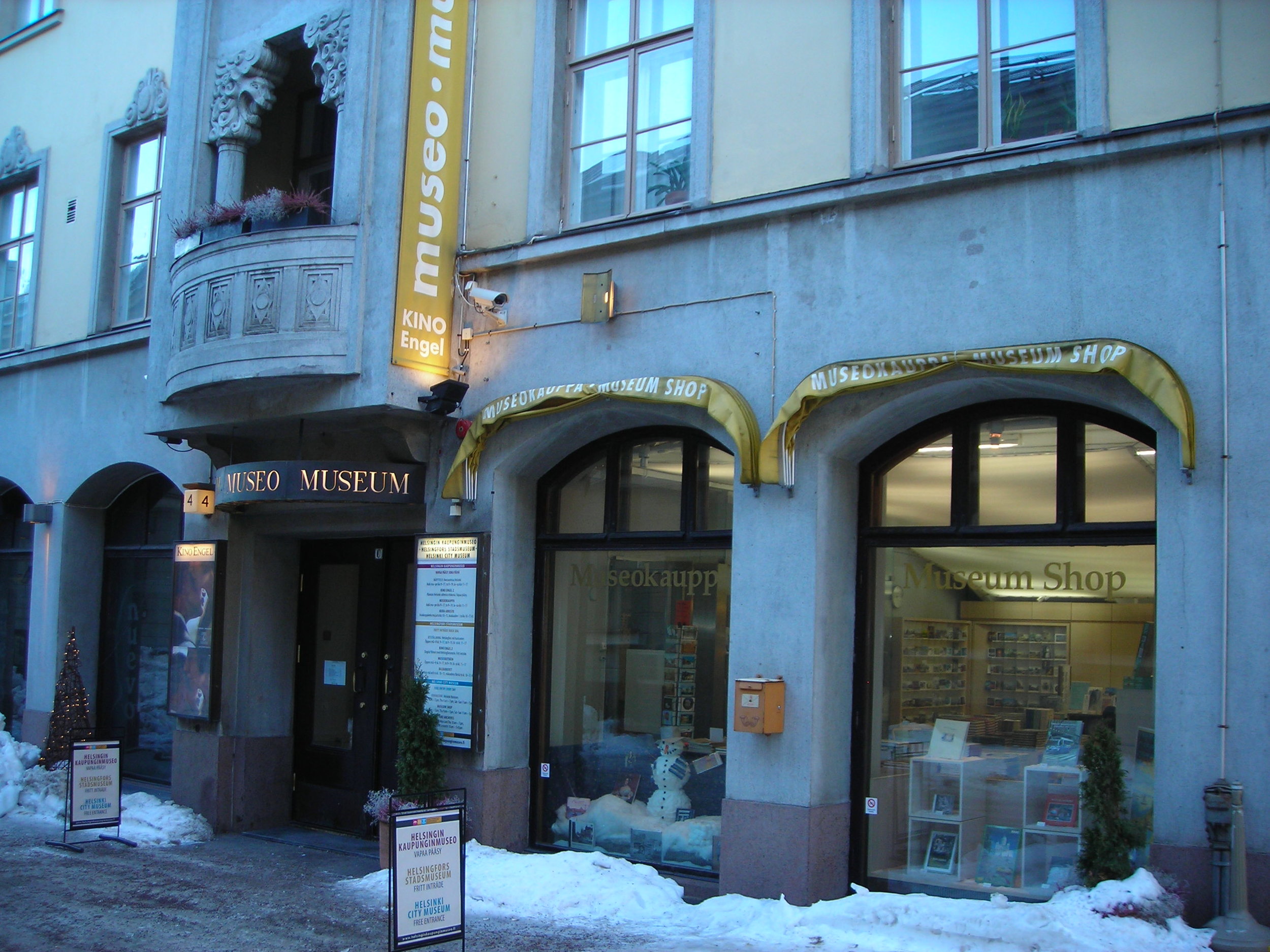This post may leave me open for a lot of ribbing because it will sound so dorky, but I’m going to do it anyway. About ten years ago, my college mates and I came up with a concept that to us is quite sticky. It’s called Friendville, and it’s the imaginary city of our dreams. Friendville is exactly an hour from every place we care about: the mountains, the sea, New York, Philadelphia, San Francisco, London, Barcelona—you get the idea. Moreover, every person we care about lives there (or at least keeps a pied à terre). And our families are as close—or as far—as each of us wants them to be. That amazing Vietnamese noodle shop in Minneapolis? It’s there. So is the yummy brunch spot from Providence, and the hole-in-the-wall Atlanta BBQ joint. Friendville has a whole slew of jobs in each of our chosen fields, no matter how obscure they are. And there’s something new to discover—an interesting building, a flea market, a park with giant old trees, a public concert—around every corner. For the past couple of weeks I’ve been trying to imagine city history in Friendville. It goes without saying that there must be an excellent city museum, where I am in charge, with an endowment of 80 gazillion-jillion USD. But if I could create a city where history truly mattered, what would it look like, in everyday practice? Here are some of my ideas:
Whenever you move into a new home or apartment in Friendville, along with the keys you receive a detailed history of the place—who lived there before you, how the building has changed over time, and historic photos of your block.
Once a year, the city museum holds a “Documenting Friendville” day. Residents are encouraged to submit their photographs and artwork, diary entries and oral histories, and artifacts and ephemera representing everyday life in Friendville to be added to the museum’s collection. Each year the date is different to reflect the changing seasons and other calendar variations. (This concept is borrowed from the local historian Carol Kammen and others.)
The city museum also has been actively documenting residents’ mental maps of Friendville for several decades. At first these maps were drawn by hand by residents, sometimes individually and sometimes as a community-wide event. Now they are also collected online, so that patterns can be tracked more easily. Its mental map collection helps the city museum cultivate a deeper understanding of places in the city—not just landmarks and grand civic spaces, but also nooks and crannies off the beaten path—that hold meaning for residents, and how these places, and their meanings, have changed over time.
One of the local arthouse cinemas (there are five, you know) plays old historical footage and documentaries of Friendville, continuously throughout the day. Residents can submit their own home movies and other found footage to be added to the loop. (And this one is borrowed from the Helsinki City Museum, which collaborates with Cinema Engel, next door).
There is a lot of great public art, with an historical theme, throughout Friendville (more on this subject in later posts).
All over Friendville there are spots where the GPS on your IPhone (all Friendville residents have IPhones) triggers an historic view of Friendville—photo or painting—to pop up on your screen. The IPhone app helps you position yourself so that you have the same vantage point as the historic view, to compare “then and now” seamlessly.
Deep-set windows are quite common in Friendville townhouses—it’s part of the local architectural style. Over the last few years a tradition has developed: with the help of Friendville City Museum staff, residents living on the ground floor stage mini historical tableaus in their window wells to delight and entertain passersby.
The city museum is working with the local schools to create an intensive “Special Places” curriculum. This curriculum teaches students a range of skills for understanding the power of place—mapping, direct observation, storytelling, photography, historical research, preservation.
Hopefully this vision of Friendville helps you understand my values when it comes to city history. I want city history to be creative, personal, and visual; to invite a high degree of participation from local residents; to permeate our everyday experience. I want to cultivate “place literacy” and experiment with the hyper-local. I want to find a way to make city history matter so much that Friendville’s residents truly believe the city museum has earned its $80 gazillion-jillion endowment. Pipe dream? Who knows. There are tiny bits of Friendville happening right now in cities all over the world. But how about you? What’s your vision of history in Friendville? (Or just Friendville in general; I could talk about its restaurants alone until the cows come home…)

